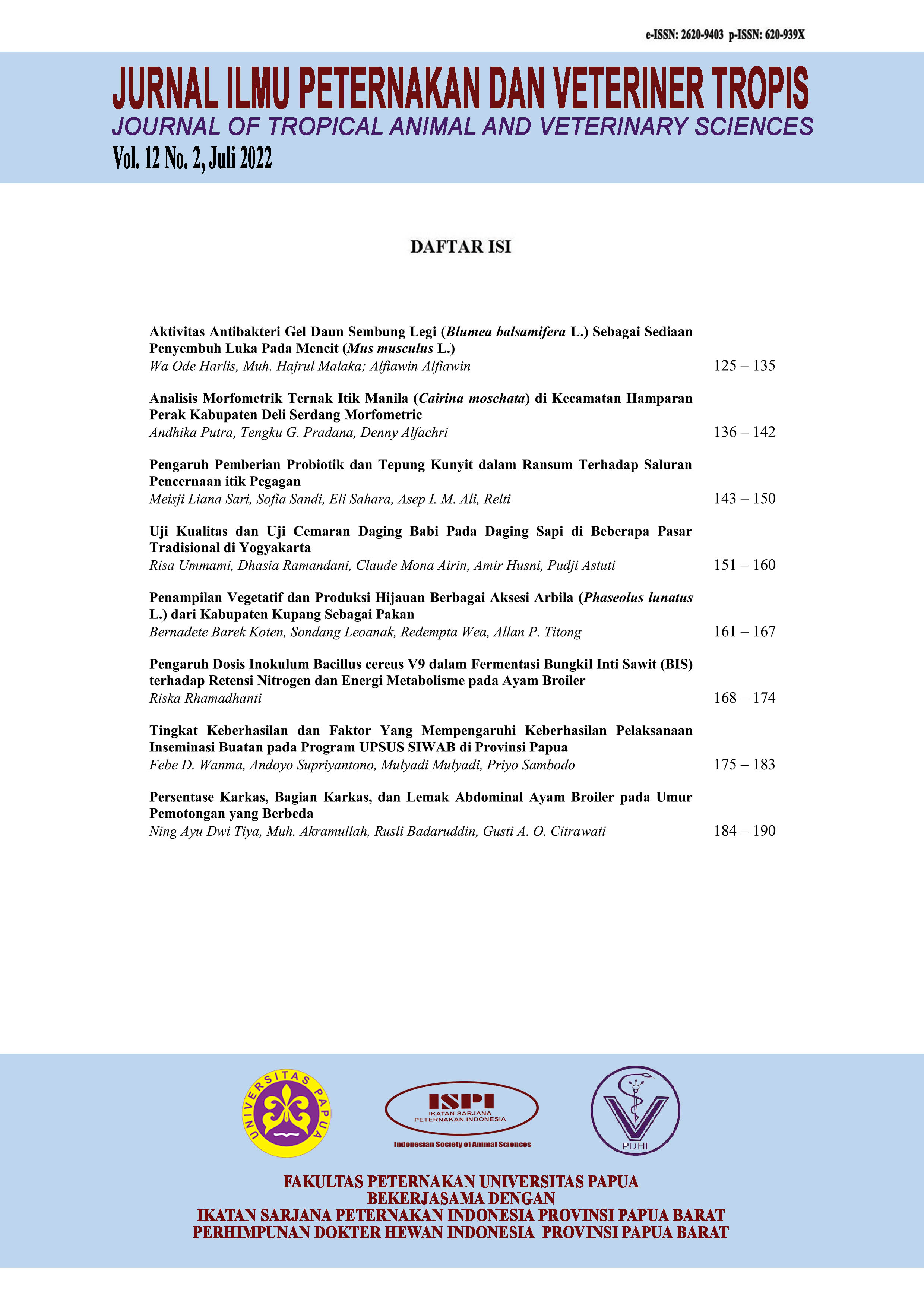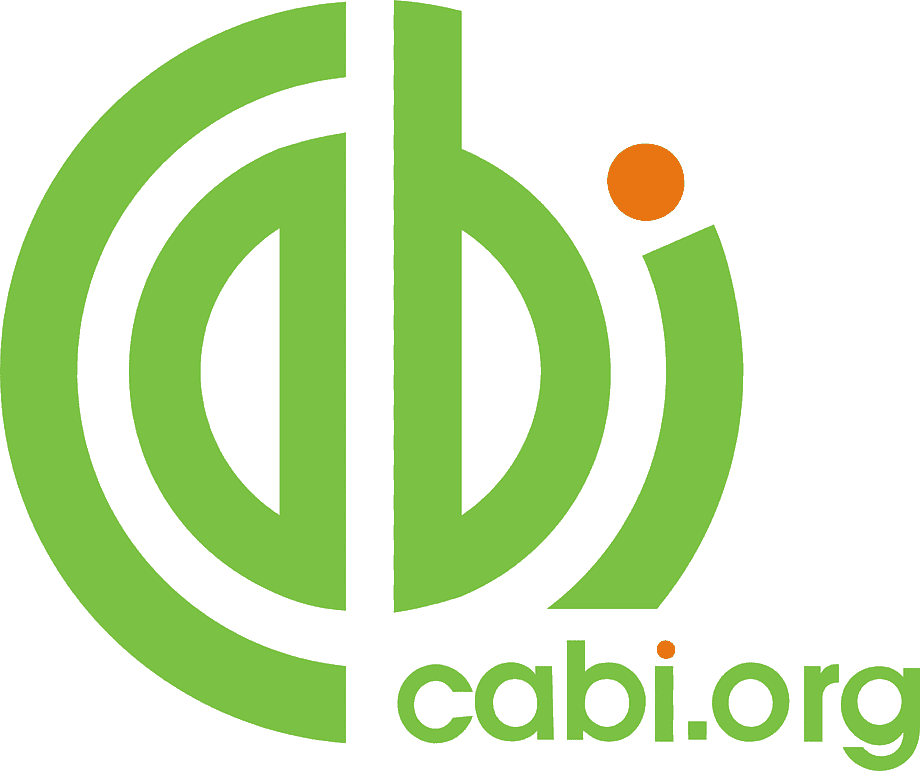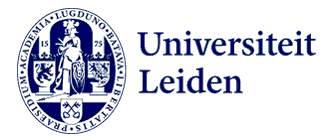Aktivitas Antibakteri Gel Daun Sembung Legi (Blumea balsamifera L.) Sebagai Sediaan Penyembuh Luka Pada Mencit (Mus musculus L.)
Antibacterial Activity of Sembung Legi Leaf Gel (Blumea balsamifera L.) As a Wound Healing Preparation in Mice (Mus musculus L.)
DOI:
https://doi.org/10.46549/jipvet.v12i2.206Abstract
Abstract
The purpose of this study was to determine the antibacterial activity of sembung legi leaf gel (Blumea balsamifera L.) and its effect on wound healing in mice (Mus musculus L.). The leaves of sembung legi are first extracted by maceration and then made gel preparations with a formula of 3%, 4%, and 5%. Parameters in this research is antibacterial test against Staphylococcus aureus bacteria and the length of time for wound healing. The activity of antibacterial is tested by measuring the diameter of the zone of inhibition against the growth of S.aureus bacteria. Gel test as a wound healing preparation was carried out on mice.A total of 15 mice aged 2 - 3 months were divided into 5 treatment groups, namely negative control (without treatment), positive control (Kalmicetine 10%), K1 (3% gel), K2 (4% gel), and K3 (5% gel). The back of the mice was injured with a 1 cm incision, then treated by sembung legi leaf gel 3 times a day for 14 days. Wound healing time data were analyzed by ANOVA and LSD test. The results showed that sembung legi leaf gel could inhibit the growth of S.aureus bacteria with an average diameter of the clear zone for each treatment, namely KN (0.0 mm), KP (30.15 mm), K1 (4.77 mm), K2 ( 4.81 mm), and K3 (6.31 mm). The parameters of the mean length of time for wound healing with healing parameters were the absence of erythema, swelling, wound closure, and healing for all treatments, namely KN (12.3 days), KP (8.3 days), K1 (11.3 days), K2 (10.6 days), and K3 (9.6 days). It is concluded that sembung legi leaf gel can inhibit the growth of S. aureus bacteria and speed up wound healing time, so that it can be used as an alternative gel preparation in wound healing.
Keywords: Antibacterial activity; Leaf Blumea balsamifera L.; Mice; Staphylococcus aureus; Wound healing.
Abstrak
Tujuan penelitian ini adalah untuk mengetahui aktivitas antibakteri gel daun sambung legi (Blumea balsamifera L.) dan pengaruhnya terhadap penyembuhan luka pada mencit (Mus musculus L.). Daun sembung legi dimaserasi dan dibuat sediaan gel dengan formula 3%, 4%, dan 5%. Penelitian ini menguji antibakteri S. aureus dengan mengukur diameter zona hambat terhadap pertumbuhan bakteri dan lama waktu penyembuhan luka. Uji gel sebagai sediaan penyembuh luka dilakukan terhadap hewan uji mencit. Sebanyak 15 ekor mencit berumur 2 – 3 bulan dibagi ke dalam 5 kelompok perlakuan yaitu kontrol negatif (tanpa perlakuan), kontrol positif (Kalmicetine 10%), K1 (gel 3%), K2 (gel 4%), dan K3 (gel 5%). Punggung mencit dilukai dengan sayatan sepanjang 1 cm, kemudian dioleskan gel daun sembung legi sebanyak 3 kali sehari selama 14 hari. Data lama waktu penyembuhan luka dianalisis dengan ANOVA dan uji LSD. Hasil penelitian menunjukkan bahwa gel daun sembung legi dapat menghambat pertumbuhan bakteri S. aureus dengan rata-rata diameter zona bening setiap perlakuan yaitu KN (0,0 mm), KP (30,15 mm), K1 (4,77 mm), K2 (4,81 mm), dan K3 (6.31 mm). Rerata lama penyembuhan luka dengan parameter penyembuhan berupa tidak adanya eritema, pembengkakan, luka menutup, dan sembuh untuk semua perlakuan yaitu KN (12.3 hari), KP (8,3 hari), K1 (11,3 hari), K2 (10,6 hari), dan K3 (9,6 hari). Kesimpulan: Gel daun sembung legi dapat menghambat pertumbuhan bakteri S. aureus dan mempercepat waktu penyembuhan luka, sehingga dapat dijadikan sebagai sediaan gel alternatif dalam penyembuhan luka.
Kata Kunci : Aktivitas antibakteri; Daun Blumea balsamifera L.; Mencit; Penyembuhan luka; Staphylococcus aureus.
Downloads
References
Abi TA & Yeni LF. 2013. Penyusunan Perangkat Pembelajaran Peranan Bakteri Berdasarkan Uji Daya Antibakteri Ekstrak Daun Sembung Terhadap E. Coli. Jurnal Pendidikan dan Pembelajaran Untan, 2(6), 1–15.
Adriani & Lasti MY. 2014. Identifikasi Keberadaan Staphylococcus sp. pada Santan Kelapa Kemasan yang di Perdagangkan di Kota Makassar. Jurnal Biotek, 2(1), 31–34. Retrieved From
Amalia A, Sari I & Nursanty R. 2017. Aktivitas Antibakteri Ekstrak Etil Asetat Daun Sembung (Blumea balsamifera L.) Terhadap Pertumbuhan Bakteri Methicillin Resistant Staphylococcus Aureus (Mrsa). Prosiding Seminar Nasional Biotik, 387–391.
Arwidya PM, Azizah PS, Nurul FR, Andi FMA, Iis NWS & Rini RB. 2017. Uji Efektivitas Sediaan Krim Limbah Rambut Jagung (Zea Mays L.) terhadap Penyembuhan Luka Mencit Diabetes Mellitus, Skripsi, 1(2), 144-50
Asfi RL. 2014. Skrining Efektivitas Ekstrak dan Fraksi Daun Sembung Rambat (Mikania micrantha H.B.K.) terhadap Bakteri dan Dermatofita, Skripsi, Fakultas Kedokteran Hewan, Institut Pertanian Bogor.
Djuanda A. 2013. Anatomi dan Faal Kulit, Ilmu Penyakit Kulit dan Kelamin. Edisi keenam, Balai Penerbit FKUI, Jakarta.
Calsum U, Khumaidi A & Khaerati K. 2018. Aktivitas Ekstrak Etanol Kulit Batang Kayu Jawa (Lannea Coromandelica) Terhadap Penyembuhan Luka Sayat Pada Tikus Putih (Rattus Norvegicus L.) Jurnal Farmasi Galenika (Galenika Journal Of Pharmacy) (E-Journal), 4(2), 113–118.
Eriadi A, Uthia R, & Novita R. 2017. Pengaruh Pemberian Ekstrak Etanol Daun Sembung (Blumea balsamifera (L.) Terhadap Kadar Glukosa Darah dan Histopatologi Pankreas Mencit Putih Jantan Yang Diinduksi Aloksan. Jurnal Farmasi Higea, 9(2)
Gemy NH, Mukhriani & Rezkiyana MH. 2015. Uji Efek Penyembuhan Luka Sayat Ekstrak Etanol Daun Kecombrang (Etlingera elatior) dalam Bentuk Sediaan Gel terhadap Kelinci (Oryctolagus cuniculus), Jurnal Sains, 3(2), 54-57
Hidayanti UW, Fadraersada J, & Ibrahim A. 2015. Formulasi dan Optimasi Basis Gel Carbopol 940 Dengan Berbagai Variasi Konsentrasi Utami Wahyu Hidayanti Jaka Fadraersada, Arsyik Ibrahim. Prosiding Seminar Nasional Kefarmasian Ke-1, 68–75
Isyfi H. 2008. Uji Efektivitas Etanol 70% Daun Sembung (Blumea Balsamifera L.) terhadap Penurunan Kadar Glukosa Darah Kelinci Jantan, Skripsi, Fakultas Farmasi, Universitas Muhammadiyah Surakarta.
Jumiarni WO & Komalasari O. 2017. Eksplorasi Jenis Dan Pemanfaatan Tumbuhan Obat pada Masyarakat Suku Muna Di Permukiman Kota Wuna. Traditional Medicine Journal, 22(1), 45–56.
Karimela EJ, Ijong FG & Dien HA. 2017. Characteristics Of Staphylococcus Aureus Isolated Smoked Fish Pinekuhe From Traditionally Processed From Sangihe District. Jurnal Pengolahan Hasil Perikanan Indonesia, 20(1), 188.
Lenda NNT. 2014. Identifikasi Dan Karakteristik Staphylococcus Sp . Dan Streptococcus Sp. dari Infeksi Ovarium Pada Ayam Petelur Komersial (Identification And Characteristics Of Staphylococcus sp. And Streptococcus sp. Infection Of Ovary In Commercial Layers). Jurnal Ilmu Ternak, 1(7), 32–37.
Lengkoan BF, Yamlean PVY & Yudistira A. 2017. Formulasi dan Uji Efektivitas Sediaan Gel Ekstrak Bunga Pacar Air (Impatiens Balsamina L.) Sebagai Antiseptik Tangan. Jurnal Ilmiah Farmasi, 6(4), 218–227.
Maslahat M & Nia Y. 2014. Kandungan Fitokimia, Klorofil dan Biomassa Daun Sembung (Blumea Balsamifera L.) terhadap Pencahayaan, Jurnal Sains Natural Universitas Nusa Bangsa, Program Studi Kimia, Fakultas Matematika dan Ilmu Pengetahuan Alam, Universitas Nusa Bangsa Bogor, 4(1), 11-25
Maslahat M & Nurilmala F. 2013. Aktivitas Antioksidan Ekstrak Air Simplisia Daun Sembung (Blumea balsamifera L.). Sains Natural Universitas Nusa Bangsa, 3(2), 129–136.
Maslahat M & Yuliani N. 2014. Kandungan Fitokimia, Klorofil Dan Biomassa Daun Sembung Leaves (Blumea Balsamifera). Jurnal Sains Natural Universitas Nusa Bangsa, 4(1), 11–25.
Nursamsu & Firmansya. 2017. Pemanfaatan Daun Sembung (Blumea Balsamifera) Sebagai Obat Tradisional di Kampung Jawa Kecamatan Kejuruan Muda Kabupaten Aceh Tamia Tahun 2015, Jurnal Jeumpa, Program Studi Pendidikan Biologi Fkip, Universitas Samudra, 4(2), 244
Rahmawati DP. 2017. Pengaruh Waktu dan Suhu Penyimpanan Terhadap Aktivitas Antioksidan Ekstrak Daun Sembung (Blumea balsamifera L.).
Ria A, Dedi N, Dira & Widya U. 2016. Pengujian Efektivitas Penyembuhan Luka Mencit Diabetes Melitus yang Diberikan Sediaan Krim Ekstrak Etanol Daun Bandotan, Jurnal Sains, Sekolah Tinggi Farmasi Indonesia Perintis, 6(1), 2087-5045
Rijayant. 2014. Jurnal Mahasiswa Pspd Fk Untan Tahun 2014-Articles
Uji Aktivitas Antibakteri Ekstrak Etanol Daun Mangga Bacang (Mangifera Foetida L.) Terhadap Staphylococcus Aureus Secara In Vitro 1(1)
Rijayanti RP, Luliana S & Trianto HF. 2014. In Vitro Antibacterial Activity Test Of Ethanol Extracts Bacang Mango (Mangifera Foetida L.) Leaves Against Staphylococcus Aureus. Naskah Publikasi Universitas Tanjungpura, 1(1), 10–12.
Ruhimat U. 2015. Daya Hambat Infusum Daun Sembung (Blumea balsamifera) Terhadap Pertumbuhan Bakteri Escherichia Coli dengan Metode Difusi Cakram. Jurnal Kesehatan Bakti Tunas Husada: Jurnal Ilmu-Ilmu Keperawatan, Analis Kesehatan Dan Farmasi, 13(1). Https://Doi.Org/10.36465/Jkbth.V13i1.26
Rumouw D. 2017. Identifikasi Dan Analisis Kandungan Fitokimia Tumbuhan Alam Berkhasiat Obat Yang Dimanfaatkan Masyarakat Sekitar Kawasan Hutan Lindung Sahedaruman. Jurnal Lppm Bidang Sains Dan Teknologi, 4(November).
Salempa P. 2014. Isolasi dan Identifikasi Senyawa Metabolit Sekunder Ekstrak N-Heksan Daun Tumbuhan Maja (Aegle Marmelos Linn) Isolation And Identification Of Secondary Metabolites Compound Contained N-Hexane Extract Plant Leaves (Aegle Marmelos Linn). Jurnal Sainsmat, 3(2), 185–190.
Sayuti NA. 2015. Formulasi dan Uji Stabilitas Fisik Sediaan Gel Ekstrak Daun Ketepeng Cina (Cassia Alata L.). Jurnal Kefarmasian Indonesia, 5(2), 74–82. Https://Doi.Org/10.22435/Jki.V5i2.4401.74-82
Sjamsuhidajat R. 2010. Buku Ajar Ilmu Bedah Edisi Ketiga, Penerbit EGC Kedokteran, Jakarta.
Tambunan S & Sulaiman TNS. 2018. Formulasi Gel Minyak Atsiri Sereh Dengan Basis Hpmc dan Karbopol. Majalah Farmaseutik, 14(2), 87–95.
Todar K. 2012. Staphylococcus aureus And Staphylococcal Disease. Todar’s Online Textbook Of Bacteriology, 2. Retrieved From et al 1–10.
Wulandari P. 2015. Formulasi dan Evaluasi Sifat Fisik Sediaan Gel Ekstrak Pegagan (Centella asiatica (L.) Urban) Dengan Gelling Agent Karpobol 940 dan Humektan Propilen Glikol. Skripsi, 1–55.
Downloads
Published
How to Cite
Issue
Section
License
Copyright (c) 2022 Wa Ode Harlis, Muh. Hajrul Malaka; Alfiawin Alfiawin

This work is licensed under a Creative Commons Attribution-NonCommercial-ShareAlike 4.0 International License.
License and Copyright Agreement
In submitting the manuscript to the journal, the authors certify that:
- They are authorized by their co-authors to enter into these arrangements.
- The work described has not been formally published before, except in the form of an abstract or as part of a published lecture, review, thesis, or overlay journal. Please also carefully read Jurnal Ilmu Peternakan dan Veteriner Tropis (Journal of Tropical Animal and Veterinary Science) Posting Your Article Policy at https://journal.fapetunipa.ac.id/index.php/JIPVET/publicationethics
- That it is not under consideration for publication elsewhere,
- That its publication has been approved by all the author(s) and by the responsible authorities “tacitly or explicitly“ of the institutes where the work has been carried out.
- They secure the right to reproduce any material that has already been published or copyrighted elsewhere.
- They agree to the following license and copyright agreement.
Copyright
Authors who publish with Jurnal Ilmu Peternakan dan Veteriner Tropis (Journal of Tropical Animal and Veterinary Science) agree to the following terms:
- Authors retain copyright and grant the journal right of first publication with the work simultaneously licensed under a Creative Commons Attribution License (CC BY-NC-SA 4.0) that allows others to share the work with an acknowledgment of the work's authorship and initial publication in this journal.
- Authors are able to enter into separate, additional contractual arrangements for the non-exclusive distribution of the journal's published version of the work (e.g., post it to an institutional repository or publish it in a book), with an acknowledgment of its initial publication in this journal.
- Authors are permitted and encouraged to post their work online (e.g., in institutional repositories or on their website) prior to and during the submission process, as it can lead to productive exchanges, as well as earlier and greater citation of published work.

This work is licensed under a Creative Commons Attribution-NonCommercial-ShareAlike 4.0 International License.





























.png)
